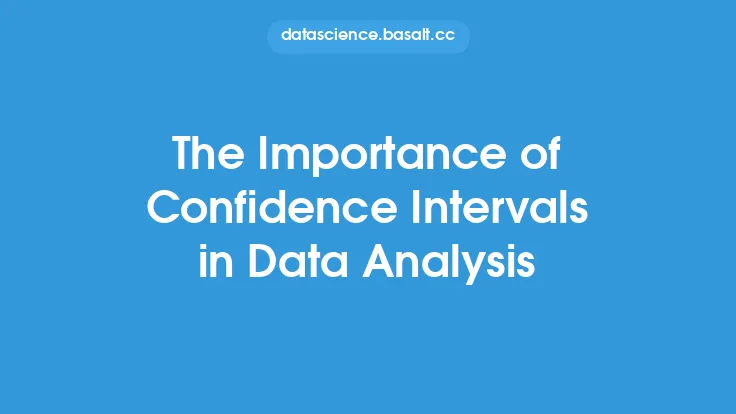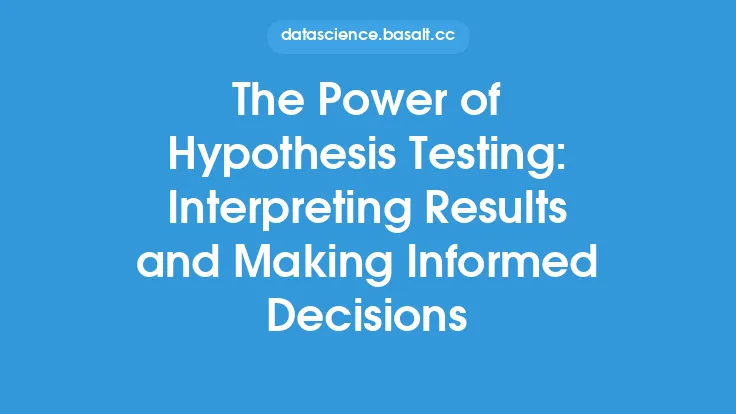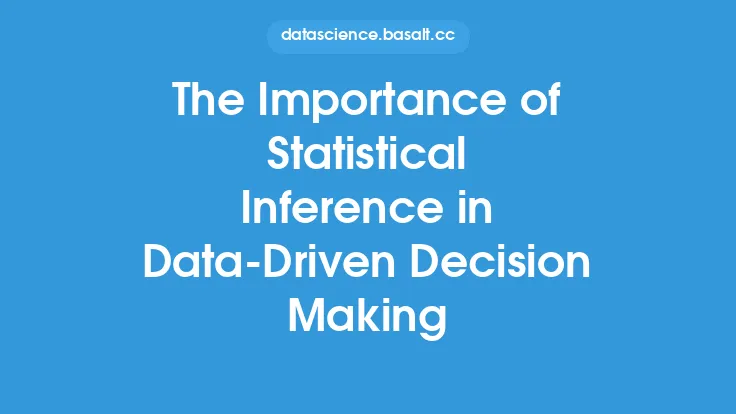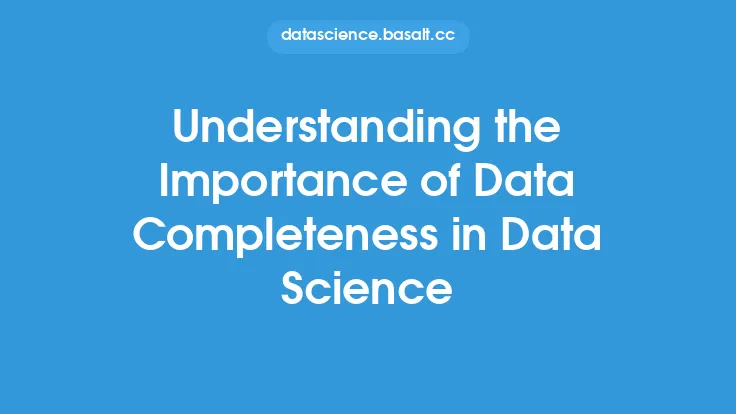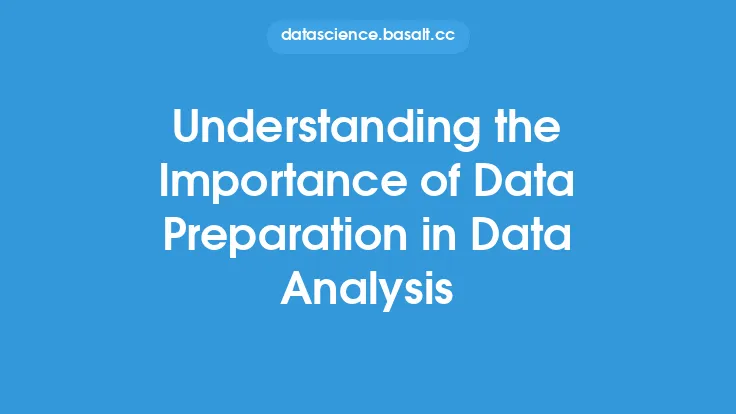In the realm of statistical analysis, hypothesis testing is a crucial tool for making informed decisions and drawing meaningful conclusions from data. At the heart of hypothesis testing lie two fundamental concepts: the null hypothesis and the alternative hypothesis. These hypotheses serve as the foundation for testing a statistical hypothesis, allowing researchers to evaluate the evidence provided by the data and make a decision about the hypothesis. In this article, we will delve into the importance of null and alternative hypotheses in statistical analysis, exploring their definitions, roles, and applications in hypothesis testing.
Definition and Role of Null and Alternative Hypotheses
The null hypothesis, denoted as H0, is a statement of no effect or no difference. It is a hypothesis that there is no significant difference or relationship between variables, and it serves as a baseline for testing. The alternative hypothesis, denoted as H1 or Ha, is a statement of an effect or difference. It is a hypothesis that there is a significant difference or relationship between variables, and it is the hypothesis that the researcher is trying to prove or support. The null and alternative hypotheses are mutually exclusive, meaning that if one is true, the other must be false.
Formulation of Null and Alternative Hypotheses
The formulation of null and alternative hypotheses is a critical step in hypothesis testing. A well-crafted null and alternative hypothesis should be specific, testable, and relevant to the research question. The null hypothesis should be a statement of no effect or no difference, while the alternative hypothesis should be a statement of an effect or difference. For example, in a study examining the effect of a new medication on blood pressure, the null hypothesis might be "there is no significant difference in blood pressure between the treatment group and the control group," while the alternative hypothesis might be "there is a significant difference in blood pressure between the treatment group and the control group."
Types of Alternative Hypotheses
There are two types of alternative hypotheses: one-tailed and two-tailed. A one-tailed alternative hypothesis is a directional hypothesis that specifies the direction of the effect or difference. For example, "the treatment group has a lower blood pressure than the control group." A two-tailed alternative hypothesis is a non-directional hypothesis that does not specify the direction of the effect or difference. For example, "there is a significant difference in blood pressure between the treatment group and the control group." The choice of alternative hypothesis depends on the research question and the nature of the data.
Importance of Null and Alternative Hypotheses in Hypothesis Testing
The null and alternative hypotheses play a crucial role in hypothesis testing. They provide a framework for testing a statistical hypothesis and allow researchers to evaluate the evidence provided by the data. The null hypothesis serves as a baseline for testing, while the alternative hypothesis provides a statement of the effect or difference that the researcher is trying to prove or support. The formulation of null and alternative hypotheses also helps to ensure that the research question is specific, testable, and relevant.
Relationship Between Null and Alternative Hypotheses and P-Values
The null and alternative hypotheses are closely related to p-values, which are a measure of the strength of evidence against the null hypothesis. A small p-value indicates that the data provide strong evidence against the null hypothesis, while a large p-value indicates that the data do not provide sufficient evidence to reject the null hypothesis. The alternative hypothesis is used to determine the direction of the test, which in turn affects the calculation of the p-value. For example, a one-tailed test will result in a smaller p-value than a two-tailed test, given the same data.
Common Mistakes in Formulating Null and Alternative Hypotheses
There are several common mistakes that researchers make when formulating null and alternative hypotheses. One of the most common mistakes is failing to specify the direction of the effect or difference in the alternative hypothesis. Another common mistake is failing to ensure that the null and alternative hypotheses are mutually exclusive. Additionally, researchers may fail to consider the research question and the nature of the data when formulating the null and alternative hypotheses.
Best Practices for Formulating Null and Alternative Hypotheses
To avoid common mistakes and ensure that the null and alternative hypotheses are well-crafted, researchers should follow best practices. First, the research question should be specific, testable, and relevant. Second, the null and alternative hypotheses should be clearly stated and mutually exclusive. Third, the direction of the effect or difference should be specified in the alternative hypothesis, if applicable. Finally, the null and alternative hypotheses should be relevant to the research question and the nature of the data.
Conclusion
In conclusion, the null and alternative hypotheses are fundamental concepts in statistical analysis, playing a crucial role in hypothesis testing. The formulation of null and alternative hypotheses provides a framework for testing a statistical hypothesis and allows researchers to evaluate the evidence provided by the data. By understanding the importance of null and alternative hypotheses and following best practices for their formulation, researchers can ensure that their hypothesis tests are valid, reliable, and informative. Whether in academic research, business, or other fields, the careful consideration of null and alternative hypotheses is essential for making informed decisions and drawing meaningful conclusions from data.
